So, you’ve decided to take the plunge and visit China for the first time. Congratulations! You’re in for a whirlwind adventure filled with ancient wonders, mouthwatering eats, and enough cultural quirks to make your head spin (in a good way). But where do you even start? With 1.4 billion people, 56 ethnic groups, and a history older than your great-grandma’s great-grandma, China can feel overwhelming. Don’t panic—this guide is your trusty sidekick, here to steer you away from tourist traps and towards the real China. Think of it as your virtual tour guide, complete with a sarcastic sense of humor and zero tolerance for boring itineraries.
Let’s dive in, shall we?
1. Beijing: Where History Meets Hype
The Lowdown:Beijing isn’t just China’s capital—it’s a time machine. One minute you’re marveling at 600-year-old palaces, the next you’re dodging electric scooters on streets lined with neon-lit malls. It’s a city where emperors and emojis coexist, and it’s the perfect starting point for first-time travelers.
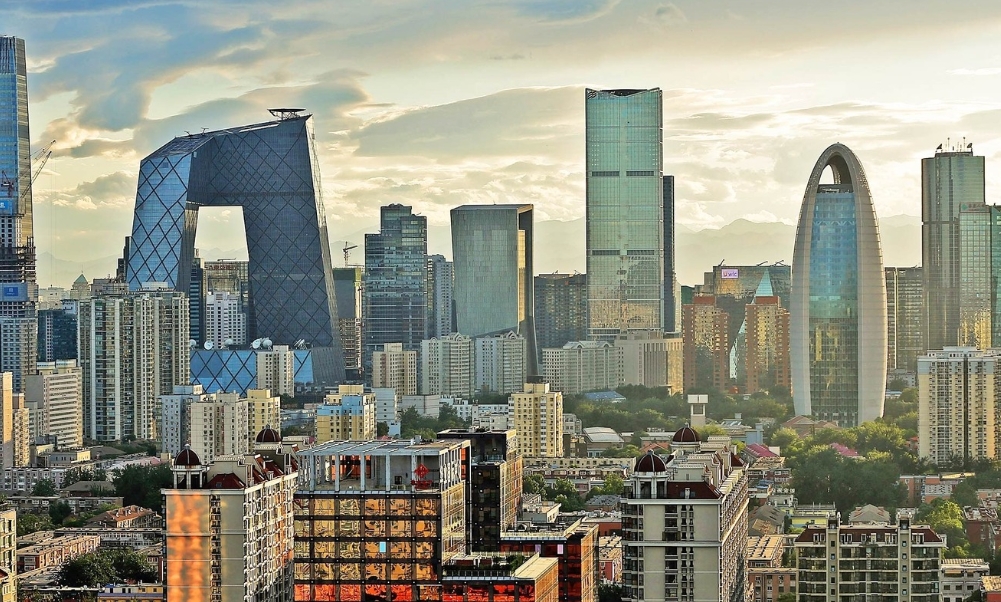 Must-See Spots:
Must-See Spots:- The Great Wall of China: Yes, it’s as epic as the memes. But skip the overcrowded Badaling section and head to Mutianyu instead. Rent a toboggan for the downhill ride—because who says history can’t be fun? Pro tip: Visit early in the morning to avoid selfie sticks poking your kidneys.
- Forbidden City: This 9,000-room palace complex is so vast, you’ll need a map, a snack, and a nap. Look out for the golden throne room, where emperors once ruled with an iron fist (and probably a lot of tea). Bonus: The Starbucks inside is the most historically awkward coffee shop in the world.
- Tiananmen Square: Love it or hate it, this iconic square is a must-see. Just don’t take any photos of… well, you know.
Local Flavor:No trip to Beijing is complete without Peking Duck. Head to Quanjude or Dadong, where chefs carve the crispy-skinned bird tableside. Pro tip: Wrap the duck in a thin pancake with hoisin sauce, scallions, and cucumber—then prepare to have your taste buds do the cha-cha.
Survival Tips:
- Language: Learn “Ni hao” (hello) and “Xie xie” (thank you). Locals will melt faster than ice cream in summer.
- Transport: Use the subway—it’s cheap, efficient, and way less stressful than hailing a cab. Just don’t stand on the left side of the escalators. Trust us.
- Air Quality: Check the pollution index before heading out. A face mask isn’t just a fashion statement here—it’s a lifesaver.
2. Xi’an: Terracotta Warriors and Tang Dynasty Vibes
The Lowdown:Xi’an is like a museum that forgot to close its doors. As the ancient capital of 13 dynasties, it’s home to some of China’s most jaw-dropping historical sites. Plus, the food here will make your taste buds do the salsa.
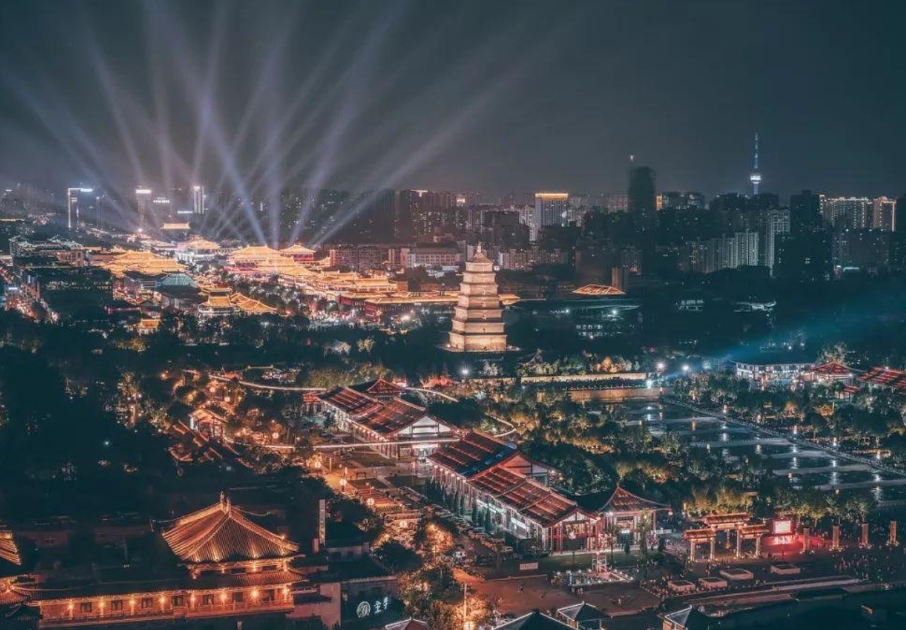
Must-See Spots:
- Terracotta Army: These 8,000 clay soldiers have been guarding Emperor Qin Shi Huang’s tomb for over 2,000 years. Don’t miss the Bronze Chariots and Horses Exhibition, where you can see ancient craftsmanship up close. Pro tip: Visit early to avoid the selfie sticks.
- Xi’an City Wall: Rent a bike and pedal along this 14th-century fortress. It’s 14 km (8.7 miles) long, so pace yourself—unless you’re training for the Tour de China.
- Muslim Quarter: A foodie’s paradise! Feast on roujiamo (Chinese hamburgers), yangrou paomo (lamb stew), and bing (flatbreads). Just be prepared for crowds thicker than a bowl of hotpot.
Local Flavor:Xi’an is famous for its cold noodles (liangpi) and spicy dumplings. For a truly authentic experience, head to a hole-in-the-wall joint and point at the menu. Your stomach will thank you.
Survival Tips:
- Haggle: The Muslim Quarter is a market lover’s dream, but prices are often inflated. Practice your best “I’m a broke backpacker” face and bargain like a pro.
- Transport: The subway is handy, but taxis are cheap. Just make sure the driver uses the meter—otherwise, you’ll end up paying enough for a round-trip ticket to Mars.
- Language: Locals here speak Mandarin, but many vendors also know basic English. If all else fails, smile and nod. Works every time.
3. c: The Future is Now
The Lowdown:Shanghai is China’s answer to Blade Runner—minus the flying cars (for now). This metropolis is a playground for skyscrapers, luxury shopping, and nightlife that never sleeps. It’s the perfect place to transition from ancient China to modern-day cool.
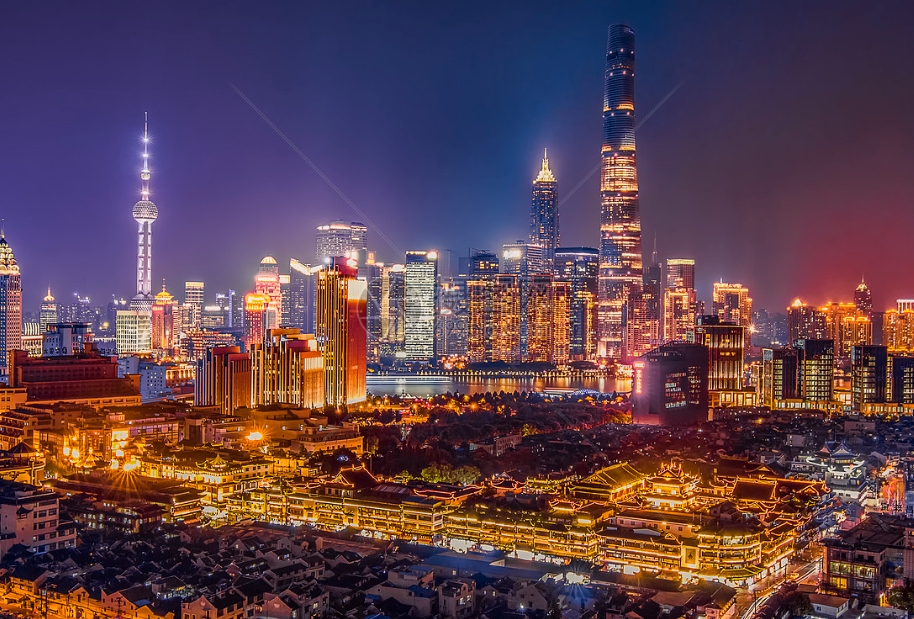
Must-See Spots:
- The Bund: This iconic waterfront skyline is like a postcard come to life. Visit at night when the buildings light up like a Christmas tree on steroids.
- Shanghai Tower: Take the elevator to the 118th floor for views that’ll make your knees weak. Pro tip: The glass floor is not for the faint of heart.
- Yu Garden: A peaceful oasis in the heart of the city. Wander through the pavilions, bridges, and koi ponds—just try not to bump into the selfie sticks.
Local Flavor:Shanghai is all about xiaolongbao (soup dumplings). Head to Nanxiang Steamed Bun Restaurant for the real deal. Pro tip: Bite a small hole in the dumpling, slurp the broth, then devour the rest. Trust us, it’s worth the burn.
Survival Tips:
- Transport: The subway is your best friend. Download the Metro Man app for real-time updates.
- Language: Shanghai locals speak Shanghainese, but most also know Mandarin. English is hit or miss, so brush up on your “please” and “thank you.”
- Fashion: Shanghai is a fashion capital, so leave your sweatpants at home. Dress to impress—even if you’re just grabbing a coffee.
4. Chengdu: Pandas and Pepper Paradise
The Lowdown:Chengdu is the laid-back cousin of Shanghai. This city is famous for two things: pandas and spicy food. If you’re a fan of either (or both), you’re in for a treat.
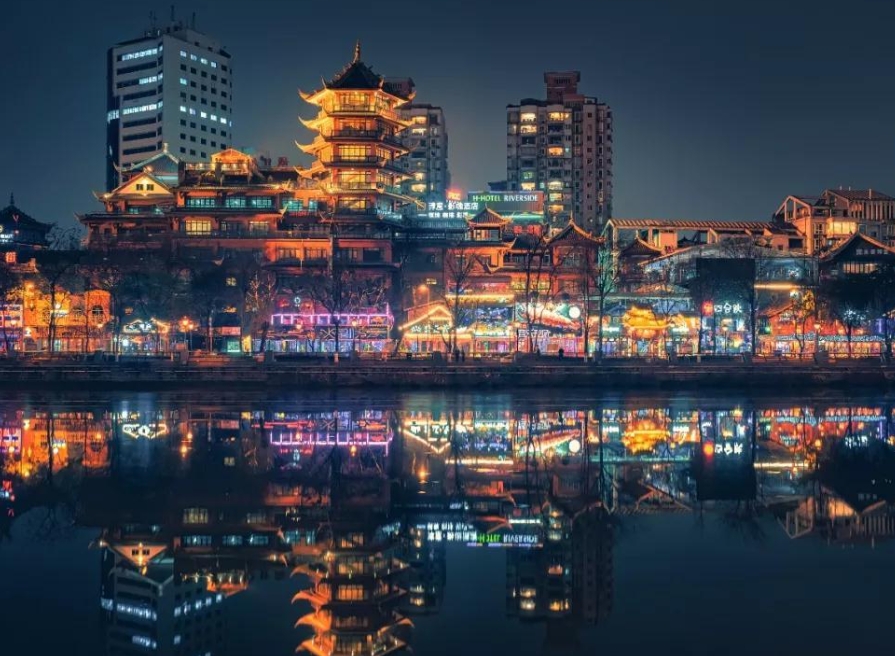
Must-See Spots:
- Chengdu Research Base of Giant Panda Breeding: Hug a panda (if you’re willing to pay extra), watch cubs play, and melt into a puddle of cuteness. Pro tip: Arrive early to beat the crowds.
- Kuanzhai Alleys: A historic neighborhood filled with tea houses, souvenir shops, and street performers. It’s touristy, but hey—it’s worth it for the Instagram shots.
- Jinli Ancient Street: Another historic street, but this one’s even more crowded. Still, the lanterns and traditional architecture make it Instagram gold.
Local Flavor:Chengdu is the birthplace of Sichuan cuisine, known for its numbing spiciness. Try mapo tofu (spicy tofu), kung pao chicken, and hotpot. Pro tip: Order “微辣” (wei la) if you’re a spice wimp. Your taste buds will thank you.
Survival Tips:
- Transport: The subway is efficient, but taxis are cheap. Just make sure the driver doesn’t take the scenic route.
- Language: Mandarin is widely spoken, but locals here have a heavy accent. Bring a phrasebook or use Google Translate.
- Tea Culture: Chengdu is famous for its tea houses. Sit back, relax, and let the tea master pour you a cup of jasmine tea. It’s the perfect way to unwind after a day of panda hugs.
5. Guilin and Yangshuo: Where Mountains Meet Rivers
The Lowdown:Guilin and Yangshuo are straight out of a Chinese ink painting. This region is famous for its karst mountains, emerald rivers, and laid-back vibe. It’s the perfect place to slow down and appreciate nature’s beauty.
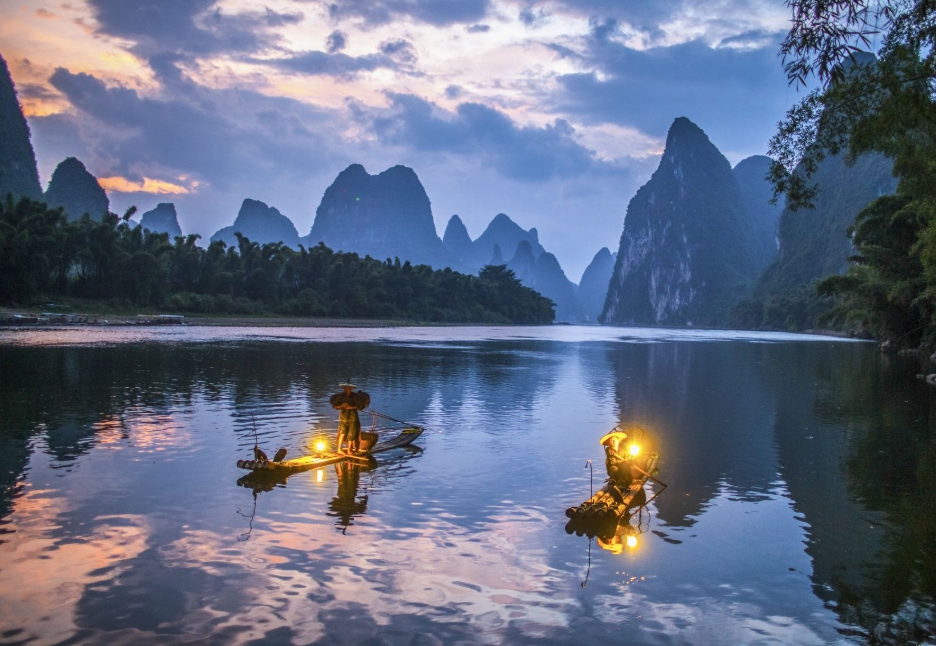
Must-See Spots:
- Li River Cruise: Float down the river from Guilin to Yangshuo and marvel at the limestone peaks. Pro tip: Choose a clear day for the best photos.
- Yangshuo West Street: A bustling pedestrian street filled with bars, restaurants, and souvenir shops. It’s touristy, but the energy is contagious.
- Yulong River Bamboo Rafting: Drift down the river on a bamboo raft and enjoy the peace and quiet. Pro tip: Negotiate the price before hopping on.
Local Flavor:Yangshuo is famous for beer fish (yu xiang beer) and stuffed tofu. Head to a riverside restaurant and enjoy the view while you eat.
Survival Tips:
- Transport: Rent a bike and explore the countryside. It’s the best way to see the rice terraces and hidden villages.
- Language: English is widely spoken here, thanks to the tourism industry. You’ll be fine without a phrasebook.
- Haggle: West Street vendors love to overcharge tourists. Practice your haggling skills and don’t be afraid to walk away.
6. Hong Kong: East Meets West… and Then Some
The Lowdown:Hong Kong is a melting pot of cultures, cuisines, and skyscrapers. This former British colony is a shopper’s paradise, a foodie’s dream, and a nightlife hotspot. It’s the perfect place to end your China adventure.
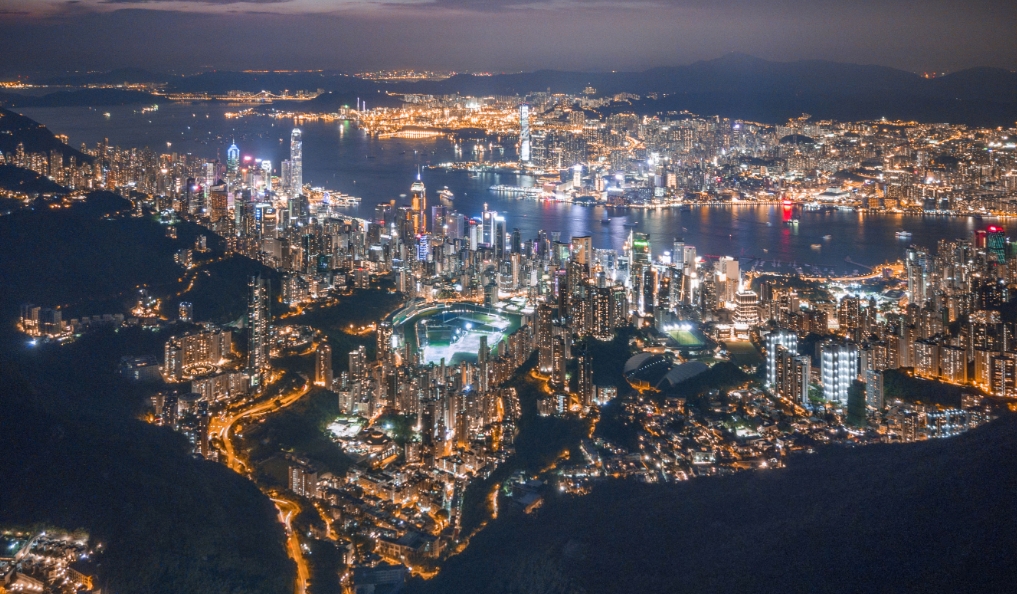 Must-See Spots:
Must-See Spots:- Victoria Peak: Take the tram to the top for panoramic views of the city. Pro tip: Visit at sunset for Instagram-worthy shots.
- Mong Kok: A bustling neighborhood filled with street markets, bubble tea shops, and street food stalls. It’s chaos, but in the best way possible.
- Big Buddha: Hike up Lantau Island to see this 34-meter-tall statue. Pro tip: Take the cable car for stunning views of the island.
Local Flavor:Hong Kong is famous for dim sum, roast goose, and egg tarts. Head to Tim Ho Wan for some of the best dim sum in the world.
Survival Tips:
- Transport: The MTR is efficient and easy to use. Download the MTR Mobile app for real-time updates.
- Language: Cantonese is the local language, but most people also speak English. You’ll be fine without a phrasebook.
- Currency: Hong Kong uses the HKD. Most places accept credit cards, but carry cash for street vendors.
7. Tibet: The Roof of the World
The Lowdown:Tibet is a land of snow-capped mountains, ancient monasteries, and spiritual energy. This region is not for the faint of heart—altitude sickness is real, and the journey is tough. But the rewards are worth it.

Must-See Spots:
- Potala Palace: This 13-story palace was once the home of the Dalai Lama. It’s a UNESCO World Heritage Site and a symbol of Tibetan culture.
- Jokhang Temple: The most sacred temple in Tibet. Join the pilgrims and spin the prayer wheels for good luck.
- Lake Namtso: A stunning lake surrounded by snow-capped mountains. Stay overnight in a tent and watch the stars—just bundle up.
Local Flavor:Tibetan food is hearty and warming. Try momos (dumplings), thukpa (noodle soup), and yak butter tea. It’s an acquired taste, but it’ll keep you warm in the cold.
Survival Tips:
- Altitude Sickness: Spend a few days in Lhasa to acclimatize. Avoid alcohol and drink plenty of water.
- Permits: You’ll need a Tibet Travel Permit to visit. Book through a registered tour operator.
- Respect: Tibet is a sensitive region. Dress modestly, ask before taking photos, and avoid political discussions.
8. Yunnan: A Rainbow of Cultures
The Lowdown:Yunnan is China’s most diverse province, home to 25 ethnic minority groups. This region is famous for its stunning landscapes, vibrant markets, and unique cuisine.
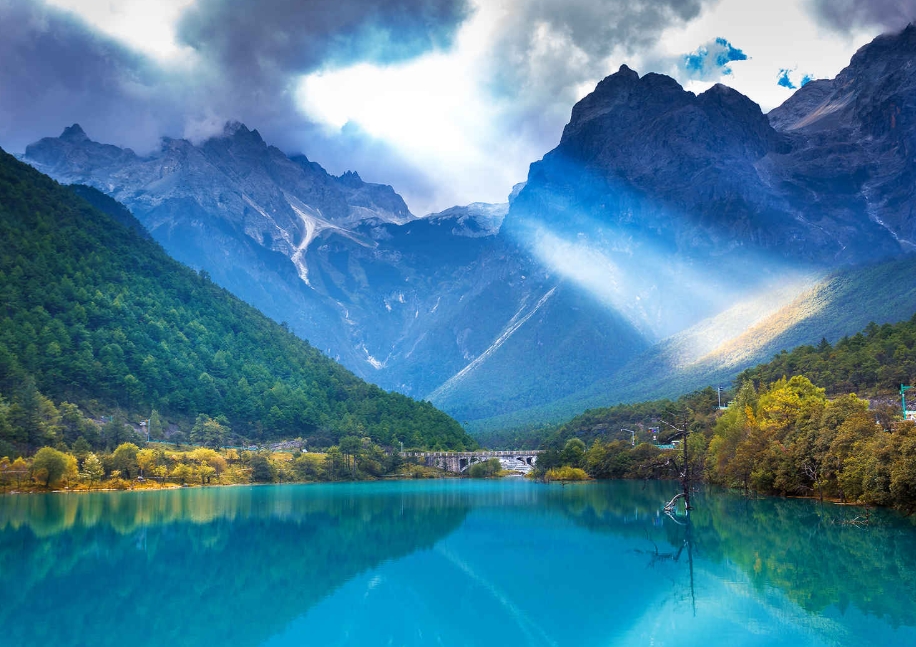
Must-See Spots:
- Dali Old Town: A historic town surrounded by mountains and lakes. Wander the cobblestone streets and visit the Three Pagodas.
- Lijiang Old Town: Another UNESCO World Heritage Site, known for its canals, bridges, and Naxi culture. Pro tip: Avoid the main streets—venture into the back alleys for hidden gems.
- Shangri-La: A mythical place described in James Hilton’s Lost Horizon. Visit the Songzanlin Monastery and hike through the Pudacuo National Park.
Local Flavor:Yunnan is famous for cross-bridge rice noodles (guoqiao mixian) and wild mushrooms. Head to a local restaurant and try the steam-pot chicken (qiguo ji).
Survival Tips:
- Transport: Buses and trains connect major cities, but roads can be winding. Bring motion sickness pills if you’re prone to it.
- Language: Many ethnic minorities speak their own languages, but Mandarin is widely understood.
- Weather: Yunnan has a mild climate, but it can get chilly in the mountains. Pack layers.
9. Zhangjiajie: Avatar Land IRL
The Lowdown:Zhangjiajie is like something out of a sci-fi movie. This UNESCO World Heritage Site is famous for its towering sandstone pillars, glass skywalks, and stunning waterfalls.
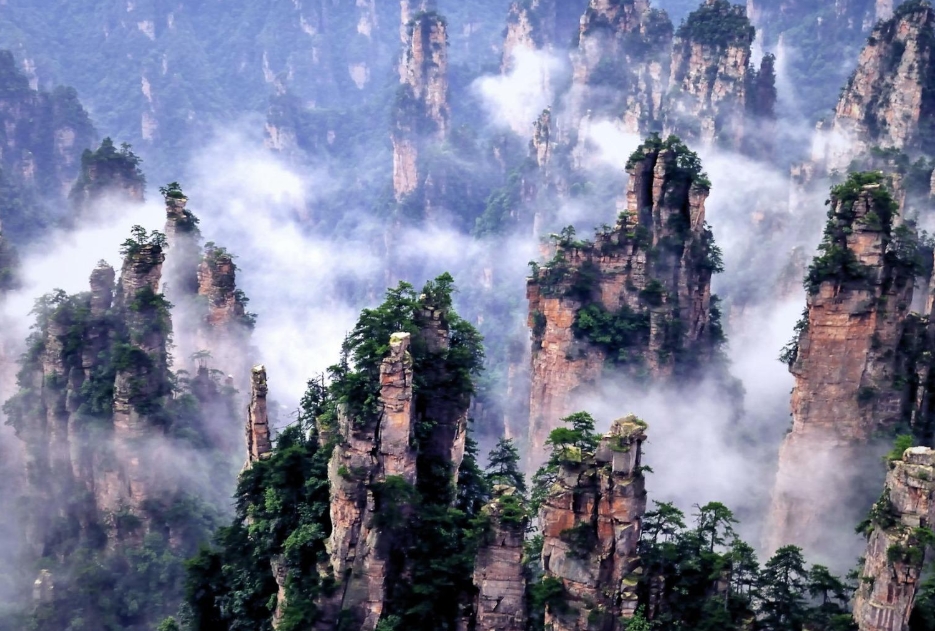
Must-See Spots:
- Zhangjiajie National Forest Park: Home to the Avatar Hallelujah Mountains (yes, the ones from the movie). Take the Tianmen Mountain Cable Car for breathtaking views.
- Glass Bridge: Walk across this 430-meter-long bridge and feel your heart race. Pro tip: Avoid looking down if you’re scared of heights.
- Golden Whip Stream: A peaceful hike through a valley filled with streams, waterfalls, and monkeys.
Local Flavor:Zhangjiajie is famous for smoked pork and stinky tofu. Head to a local restaurant and try the spicy frog legs.
Survival Tips:
- Transport: The park is huge. Rent a bike or take a shuttle bus to save time.
- Crowds: This place is popular. Visit early in the morning or late in the afternoon to avoid the hordes.
- Safety: The glass bridge can get slippery. Wear non-slip shoes and hold onto the railing.
10. The Silk Road: A Journey Through Time
The Lowdown:The Silk Road was an ancient network of trade routes connecting China to Europe. Today, it’s a fascinating journey through deserts, oasis towns, and UNESCO World Heritage Sites.
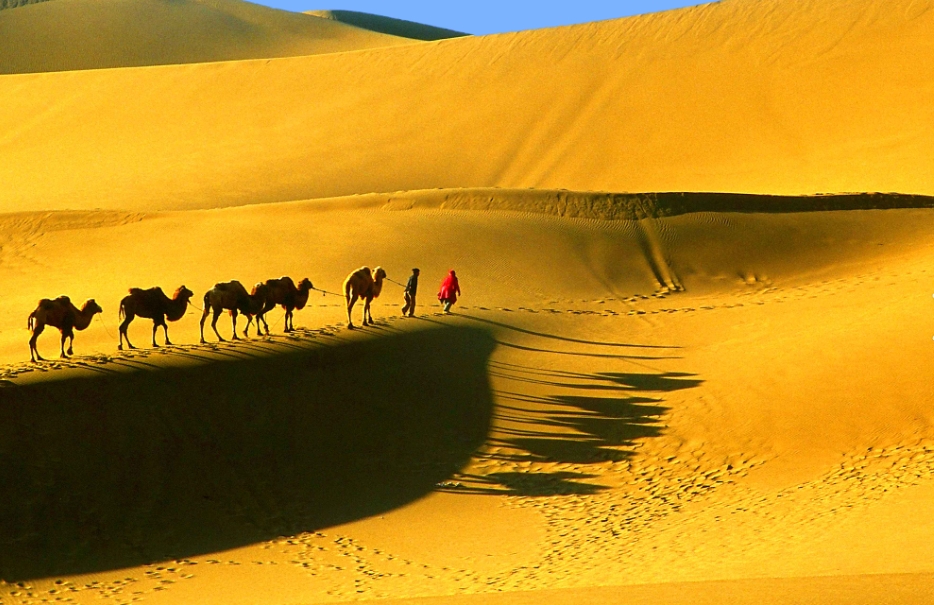
Must-See Spots:
- Dunhuang: Home to the Mogao Grottoes, a series of Buddhist cave temples filled with stunning murals and sculptures.
- Turpan: A desert oasis famous for its grapes, ancient ruins, and Flaming Mountains.
- Kashgar: A vibrant city on the edge of the Taklamakan Desert. Visit the Sunday Market and Id Kah Mosque.
Local Flavor:The Silk Road is a foodie’s paradise. Try naan bread, kebabs, and dapanji (big plate chicken).
Survival Tips:
- Transport: Buses and trains connect the cities, but distances are long. Bring snacks and a good book.
- Language: Uyghur is the local language in Kashgar, but Mandarin is widely spoken.
- Weather: Summers are scorching, winters are freezing. Pack accordingly.
Final Tips for First-Time Travelers
- Learn Basic Mandarin: Even a few phrases like “Ni hao” and “Xie xie” will go a long way.
- Use Mobile Payment: Alipay and WeChat Pay are everywhere. Leave your cash at home.
- Try Everything: Food, activities, even the weird stuff. You’re in China—when else will you get to eat scorpions on a stick?
- Be Patient: China moves at its own pace. Embrace the chaos and enjoy the ride.
- Respect Local Customs: Dress modestly, avoid political discussions, and follow the rules.
So there you have it—your ultimate guide to China for first-time travelers. Whether you’re marveling at the Great Wall, stuffing your face with dumplings, or getting lost in a sea of skyscrapers, China will leave you with memories that last a lifetime. Just remember to pack your sense of humor, an empty stomach, and a willingness to embrace the unexpected.
Now go forth and conquer China—your adventure awaits! 🇨🇳


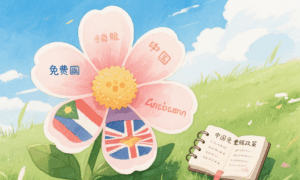

Leave a comment